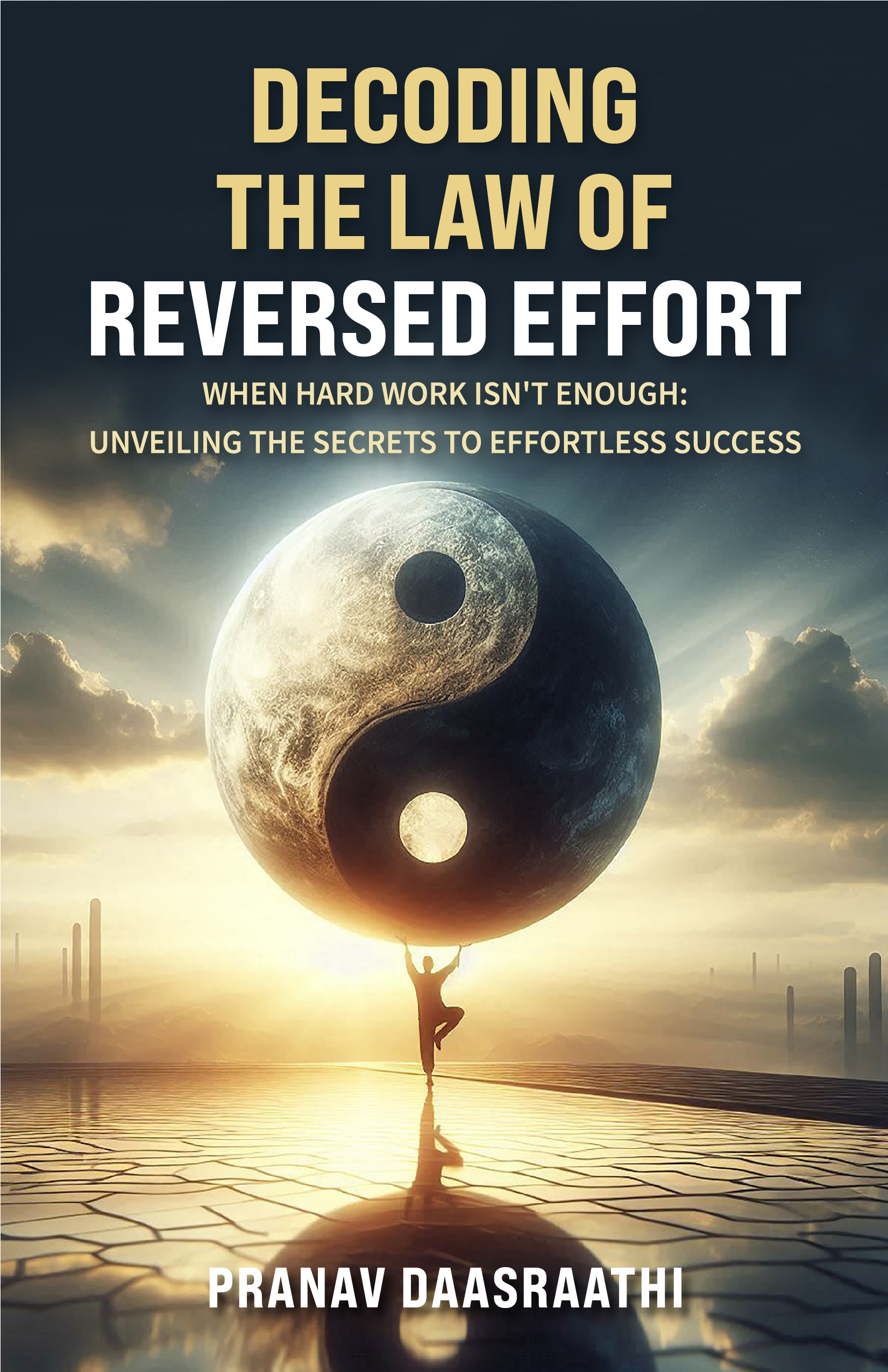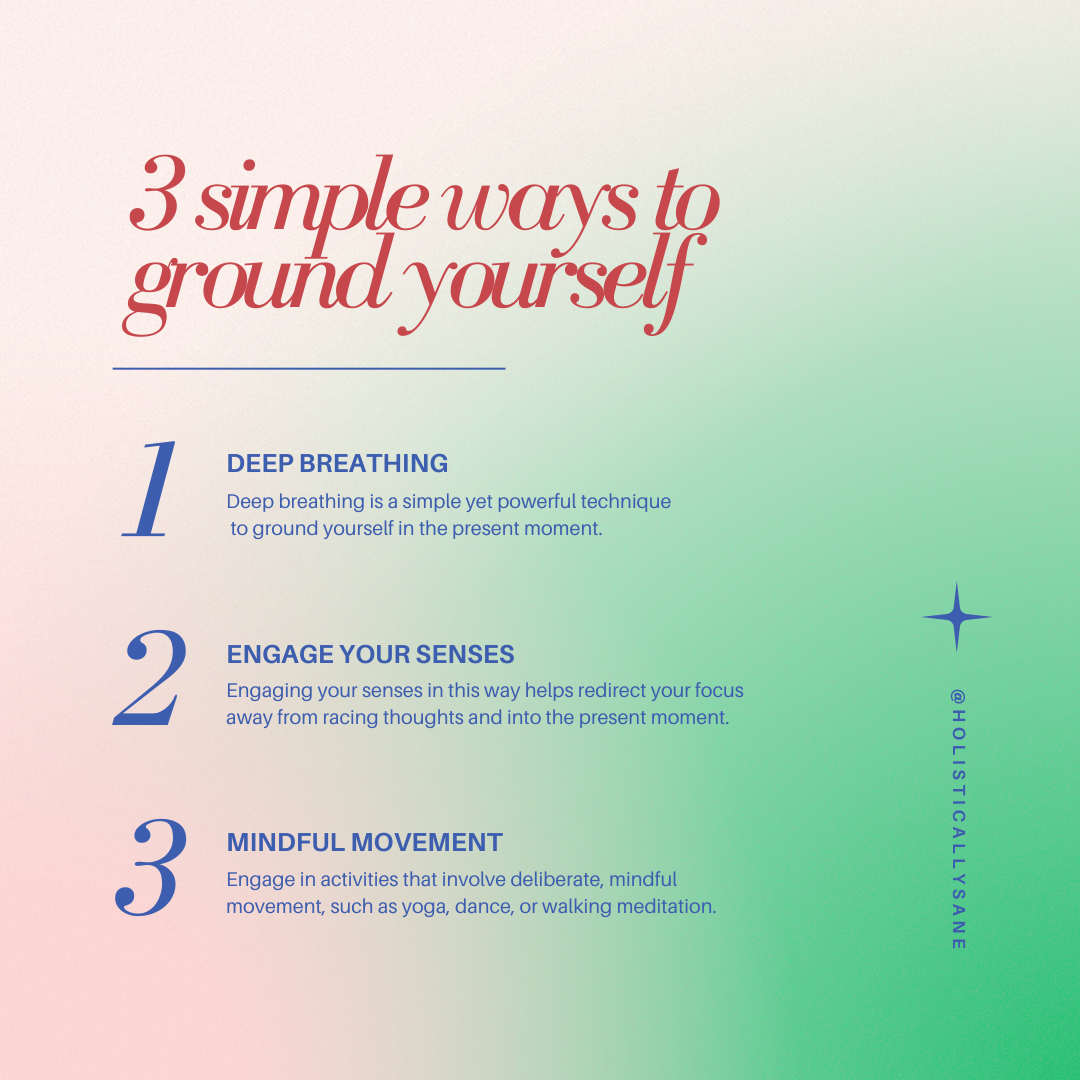The Law of reversed effort has been like an invisible force in our lives that caused counterproductive results for all of our efforts. We know striving hard is essential to achieving things, but what if the very hard work is pushing us to achieve what we want the most? Yes, this law, also known as backwards law, and the law of reverse effort explain this paradox well.
This law was first formulated by Aldous Huxley and later popularised by Alan Watts. However, I still found some gaps.
The psychology behind the Law of reversed effort
This theory paradoxically emphasizes the struggle between our conscious and subconscious minds. The subconscious often takes precedence due to its protective nature. Hence all conscious efforts in excess are considered a threat to their normal balanced functioning of psychological well-being. This might be determined by both the superconscious mind and the subconscious mind.
Everyone expects a direct proportion between effort and reward. We believe that working twice as long will lead to double the results. That caring about a relationship twice as much will make everyone twice as loved. But whenever you go to an extreme level, you end up hurting yourself due to not meeting your expectations or the same reciprocation you showed. Moderation of anything and a balanced approach in the effort is where I found the key to getting optimal results and overturning the reverse effect.
Many articles on the internet talk about the counterproductive results due to conscious will or excess stress that we take or impart on others, which can backfire. However, I address more insightful information by bringing a fresh and comprehensive view on a phenomenon that I named subconscious resistance and superconsciousbackfiring’, which was first explained in detail in my book “Decoding the Law of Reversed Effort.”.
Superconscious Backfiring based on the law of reversed effort
This is the response of a superconscious or higher self to the attempt to control events too much, which only blows up in your face. This is considered a type of cosmic feedback, which means that what you have thought and how it has been represented out there doesn’t quite fall in line with the universal flow. Although many might have experienced it, we fail to notice the reversals as negative. Yes indeed, a few things happen due to subconscious resistance too based on our beliefs, judgments, assumptions, expectations attachments, negative karma, pride, etc. Besides, the other reason is that the superconscious identifies the disruption of the yin-yang balance and the intention field accumulated with resistance due to overexertion. This is the reason some things that we try the most backfire, which is the guiding regulating mechanism suggesting we remain calm and balanced in our approach.
Additionally, knowing the principle of reversed effort helps us develop a mind that helps us be patient and mindful. Moving our focus from being powerfully ruthless to focusing in a more relaxed way on our goals allows us to apply our energy more creatively and intuitively so that we can end up where we want to go with a little more harmony. The principles explored in the text mirror many spiritual traditions that encourage surrendering the insatiable needs of the ego and trusting in the unfolding of our life’s path.
Many concepts such as flow state, detachment, the law of attraction, the law of karma, Murphy’s law, etc. have been explained in detail in the context of reversed effort in the aforementioned Amazon best-selling book.
The assumption here is that most of life exists on a linear curve and that there’s a one-to-one ratio between effort and reward with everything.
Here is a concise overview of the key points based on this concept:
The White Bear Phenomenon is the phenomenon in which when an individual becomes aware of thinking of the forbidden idea, he or she inevitably starts to think of it again and, as a result, consequently fulfills the very prohibition. This occurs because suppression efforts appear to have a rebound effect of making the prohibited thought the main focus.
Yerkes-Dodson law is just an inverted ‘U’ curve implying that an optimal level of the stimulation/test/stress would produce maximum performance. Stress levels decrease motivation Decreased motivation is detrimental to performance if we are either too laid back or stressed up. The Backwards Law coherence with this principle – we sometimes get better results when we pair assertiveness with detachment and let the optimal level of stress happen organically.
The bottom line is that both of them are saying that it’s possible to self-defeat any deliberate plan to reach a particular frame of mind. Many leaders admit that there is nothing quite like allowing oneself to emerge while at the same time keeping control.
Examples of the law of reversed effort in daily life:
The law of reversed effort is well exemplified during the process of attempting to float in water. In essence, this means that if we force ourselves to aspire to float and to work hard at it, we end up sinking. On the other hand, we float when we stop struggling and thinking.
The author, Alan Watts, once did this at a pool party: He asked someone who could not swim very well to lie on his back in the water without trying to float. This is true because the person was able to float after they released all effort and the tension in their body.
The following example is similar to explain how over-exertion can be counterproductive to us while combining rest and effort can lead us to the intended result. It may free up our default mechanisms and stop offering a platform for intrusive negative thinking. As a result of this law, students would be able to balance the effort and acceptance of getting better at many things in their lives.
Suppose the student is preparing for an exam and is absorbed in reading notes at an intensity close to madness. Mental fatigue is a side effect of the frantic focus because it can end up impairing retention and recall. When the student’s dish changes, so to speak, and approaches a more relaxed practice—breaks, perhaps, or conversation that is neither deep nor light—the material enters the mind more often. And that reflects the essence of the law of reversed effort: suddenly, relaxation and acceptance are the pathways to better outcomes.
In the arena of personal aspiration, the pursuit of success can become as much of a double-edged sword as well. Too often one can get stuck on trying to climb the corporate ladder or achieve fame to the point that one can repel the very opportunities that one is seeking. Anxiety and pressure can lead to feelings of anxiety and loss of authenticity that also take an emotional toll on your body. If it seems that everywhere you look, people are successful, you just might get caught in a never-ending cycle of frustration.
The same can be true for creativity, and artists and innovators frequently find their most brilliant ideas not when working on them rigorously but when being free-minded. Only when we allow creativity to present itself as it will—and by that we mean to play, experiment, or ponder in silence—will the outcome be anything close to amazing. The law of reversed effort tells us that sometimes taking the step back and giving up can get us to our destination more easily than trying to do it all ourselves.
Another example: measurements of work output demonstrate that we can only produce a solid, efficient day’s work for approximately four to five hours per day, and anything beyond that, productivity plummets drastically, making the difference between working a twelve-hour day and a sixteen-hour day nearly negligible (excepting sleep loss).
All activities have declining marginal utility: having sex, eating, sleeping, drinking alcohol, hitting the gym, reading a book, going on a vacation, hiring employees, profits, business sales, preparing for an exam, jerking off to porn, staying up late to play video games—it’s hard to come up with a never-ending list of things.
Yin-yang balance in the reversed effort
This eternal opposition and unity between Yin and Yang highlight the importance of balance in the natural world, suggesting that life thrives when opposites are in harmony.
The balance of Yin and Yang is not just a concept but a practical guide for living with grace and wisdom. I find that the imbalance of these masculine and feminine forces results in backfiring. Whenever yin is high, yang automatically self-regulates, and vice versa. This autoregulatory mechanism is what is involved in reducing the excessive yang energy in getting things. We have been suppressing the yin energy, which is the force of silence, calmness, femininity, forbearance, patience, detachment, etc.
All three of the ancient healing systems of Yoga, Ayurveda and Chinese Medicine focus on balance and harmony. Exactly as in nature, our mind and body are balanced — the five elements — earth, water, fire, air, and ether — strengthen and nourish each other. But when these tissues become out of sync, they can turn and assist one another in the healing process.
Let’s consider: excess fire can incite heightened stress, irritability, inflammation, etc. However, if we cannot control the fire, we can tap into the yin aspect of these earth and water to temper, or put out, the fire. Water flows readily, giving us fluidity; earth grounds and stabilizes us, while giving us grounding and stability.
The reverse is when we are missing in fire energy, when we have low energy, not being motivated or not being able to feel because we are emotionally stuck. Air inspires movement, and wood represents growth and vitality, to bring life to our lives.
As we go through this process, we can always count on the expansive, active, yang qualities of our inner fire to get us started and then to get any other elements to resume their yang flow when that happens. What’s most intriguing about this dynamic interplay between the elements is that it is backwards law, the law where the right amount of action or rest can create optimal outcomes.
It is these principles that help us understand and implement our relationship with our emotions and our physical health. Stress and inaction balance each other as dance of the elements, drawing us to deeper understanding of how elements and the elements of our inner world are growing us, making us resilient and well. By so doing, these healing systems disclose to us, through the ancient wisdom, how to live a more balanced, fulfilling life.
Law of attraction vs. law of reverse effect
“The law of attraction and the law of reverse effect are two sides of the same coin, working in harmony to guide our manifestations. Most of the manifestations that fail or reverse with quite opposite results are because of the law of reverse effect playing the spoilsport. Backwards law attracts the things that we hate the most or reject by judging them as bad or useless with our false assumptions. These tend to manifest much earlier by delaying what we want the most.
It’s a call for us to change within ourselves to reach the totality within us for a better understanding of the untapped side of us and the things in the world. Hence, embracing the law of reverse effect allows us to not force things and accept the natural order of the universe. In this way, we balance the energies within us, leading to consistent and wholesome success in attracting our desires.”
Law of reversed effort in relationships
According to the law of reversed effort, it seems that whenever we form strong opinions or boast about certain aspects of our relationships or achievements, the universe has a way of challenging those beliefs or accomplishments. It’s almost as if by revealing the unseen side of a person or situation, the universe brings us back to reality and humbles us.
For instance, imagine you have been sharing with others about the close bond you have with your best friend, X. You genuinely believed that your friendship was strong and unwavering. However, in a matter of days, a conflict arises that shakes the foundation of your bond, making you question the positive opinion you had for years.
This law operates in mysterious ways, helping us stay grounded and reminding us not to become too attached to our opinions or achievements. It urges us to approach things with a balanced perspective and be prepared for the unexpected.
So, how can we deal with the Law of Reverse Effect? One practical approach is to cultivate self-awareness and mindfulness. By recognizing that the universe has its way of challenging our beliefs and achievements, we can enter into relationships and situations with a more open mind. This allows us to be prepared for any unseen sides that may be revealed.
Additionally, effective communication becomes crucial in handling conflicts that arise. Instead of being caught off guard or reacting impulsively, we can engage in open conversations with the person involved. This helps us gain a better understanding of their perspective and resolve any misunderstandings that may have contributed to the conflict.
Stoic principles can also guide us in navigating the Law of Reverse Effect. Stoicism teaches us to detach ourselves from external circumstances and focus on what we can control. By practicing emotional resilience and maintaining a calm demeanor, we can face challenges with grace and strengthen our relationships.
In conclusion, the Law of Reverse Effect reminds us to be prepared for the unpredictable nature of life. By embracing self-awareness, effective communication, and improving the skillset through flow state and stoic principles, we can navigate the challenges that arise and counteract negative outcomes.
The law of reversed effort means that it is easier to get something done with comparatively less human effort but with maximum relaxation. Trying to force change may result in that change becoming the object of such great struggle between one’s conscious and unconscious minds that the change fails to happen. From the psychoanalytic theory, it is possible to know this aspect of our mind’s nature; hence, learn how to use the commands of the mind more beneficially, using ways such as mindfulness, achievable goals, and purposeful relaxation. Finally, knowing why there should be no struggle helps you to reach your dreams and goals as well as being a better person overall.




